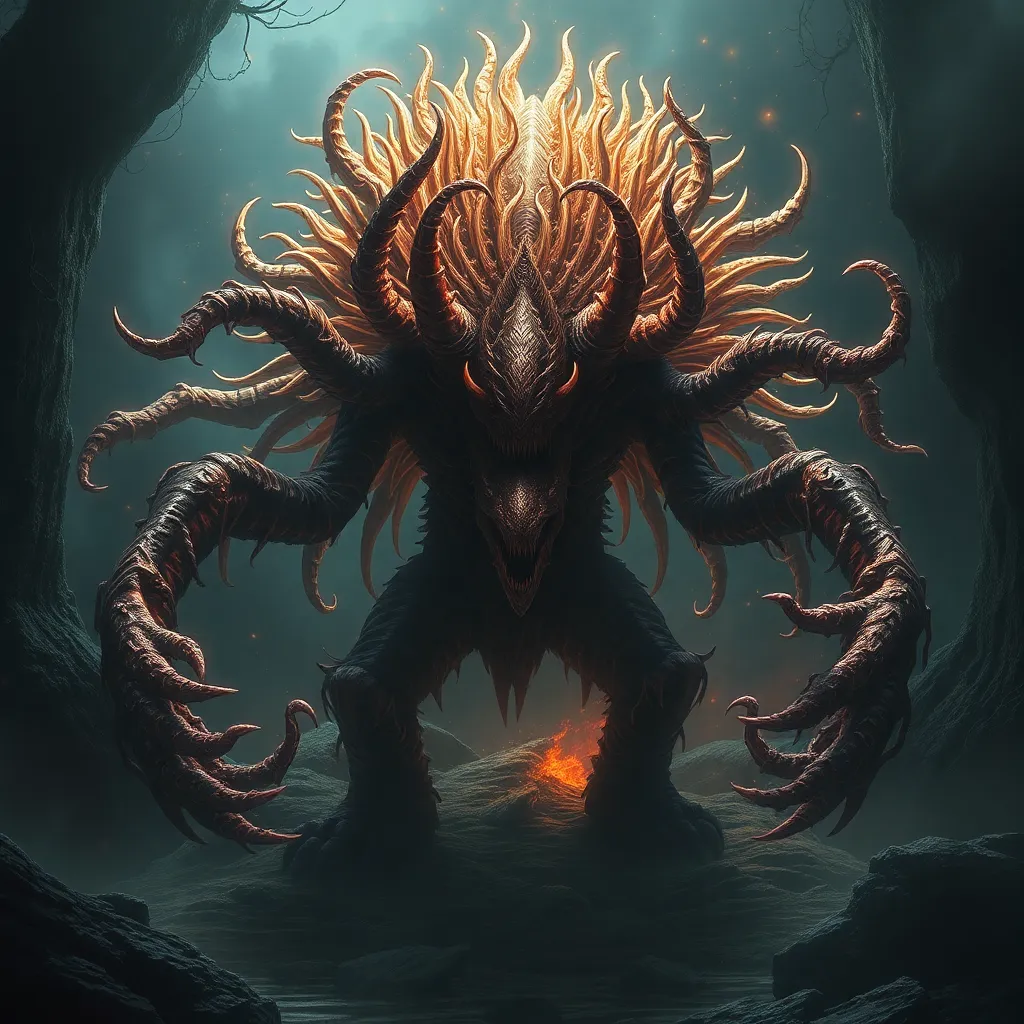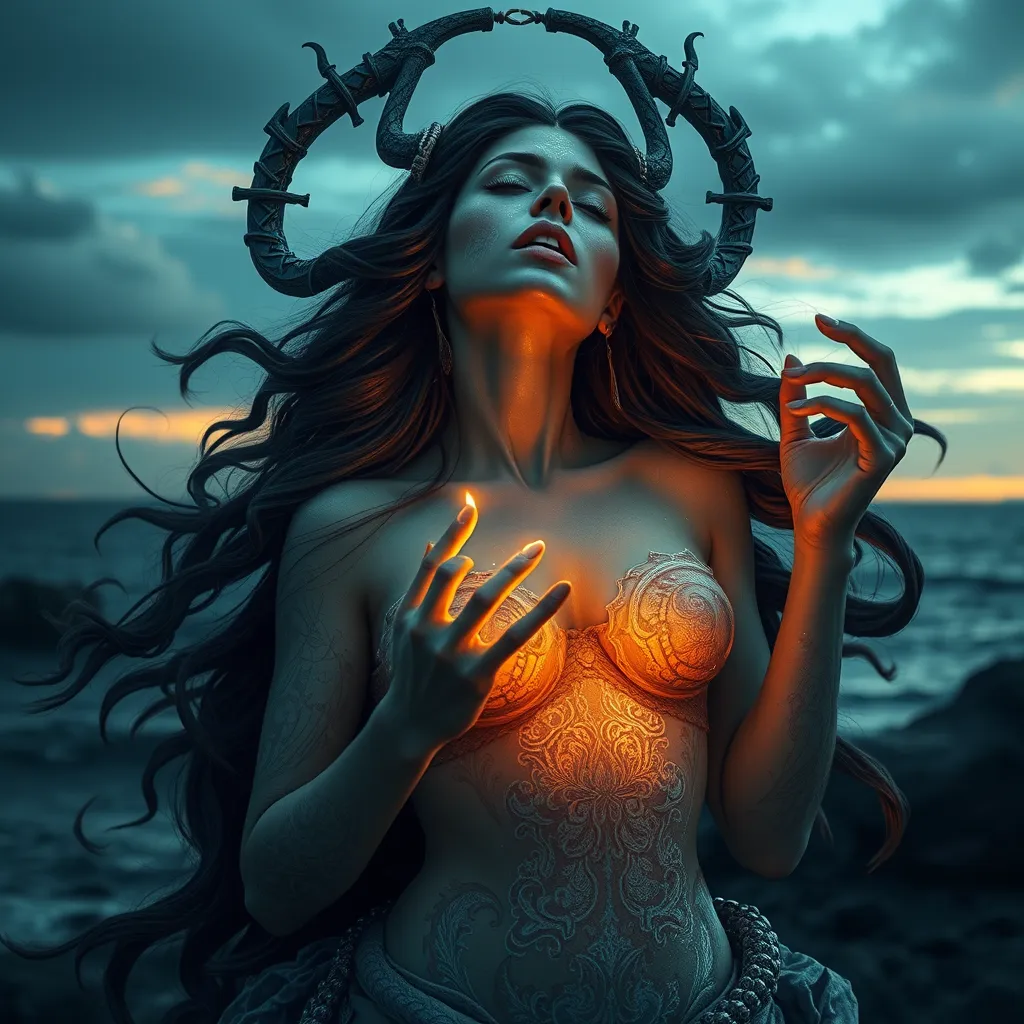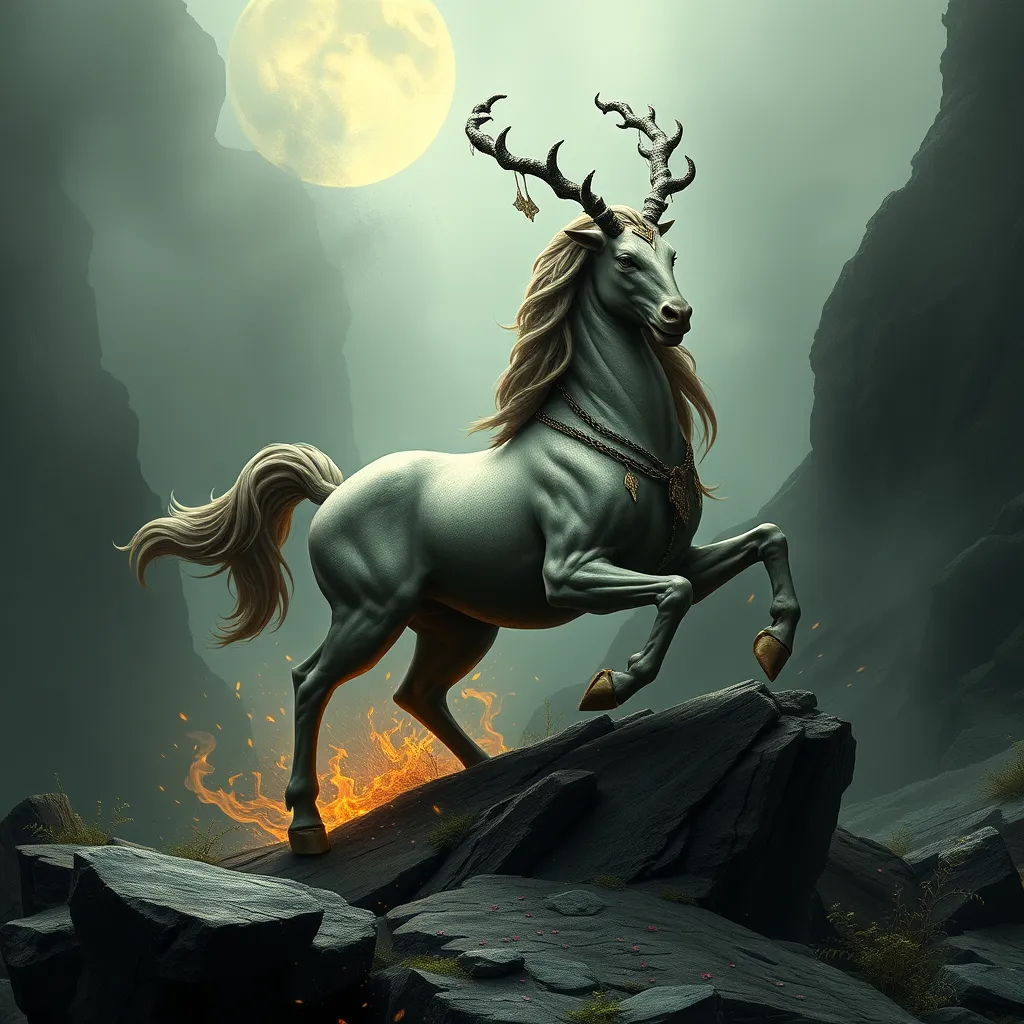Echidna: The Mother of Monsters: A Deep Dive into Greek Mythology’s Most Fearsome Creature
I. Introduction
Echidna, a significant figure in Greek mythology, is often referred to as the “Mother of Monsters.” This title encapsulates her role in birthing some of the most fearsome creatures known in ancient stories. Echidna’s significance extends beyond her offspring; she symbolizes the complex interplay of creation and destruction within the mythological narratives of ancient Greece. This article aims to explore Echidna’s role, her symbolism, and her impact on mythology and culture.
II. Origins of Echidna
A. Birth and lineage: The offspring of Gaia and Tartarus
Echidna’s origins are deeply rooted in the primal elements of Greek mythology. She is typically described as the daughter of Gaia (the Earth) and Tartarus (the abyss). This lineage positions her as a being born from the very foundations of the world, embodying both the nurturing aspect of the earth and the chaotic depths of the abyss.
B. Physical description: The hybrid nature of Echidna
Echidna is often depicted as a fearsome hybrid creature. She is described as having the upper body of a woman and the lower body of a serpent, which signifies her connection to both humanity and the monstrous. This duality highlights her role as a bridge between the civilized and the wild, an embodiment of nature’s untamed aspects.
C. Context of her emergence in the pantheon of Greek deities
In the pantheon of Greek deities, Echidna emerges at a time when the world is filled with chaos and conflict. Her presence represents the raw power of nature, reflecting the ancients’ understanding of the dangers that lurked within the wilderness. As a primordial figure, she stands alongside other significant entities, contributing to the rich tapestry of Greek mythology.
III. Echidna’s Role as the Mother of Monsters
A. Overview of her progeny: Notable monsters she birthed
Echidna’s most notable contribution to mythology is her offspring, many of whom became integral figures in various myths. Some of her most famous progeny include:
- Cerberus: The three-headed dog that guards the gates of the Underworld.
- Chimera: A fire-breathing creature with the body of a lion, a goat’s head, and a serpent’s tail.
- Hydra: A serpent-like monster with multiple heads; when one was cut off, two more would grow in its place.
- Sphinx: A creature with the body of a lion and the head of a woman, known for posing riddles to travelers.
B. Thematic representation of motherhood and monstrosity
Echidna’s role as the Mother of Monsters symbolizes the duality of motherhood—nurturing and destructive. Her creations often represented the fears and challenges faced by heroes, illustrating the complex relationship between creators and their creations in mythology.
IV. Echidna in Mythological Narratives
A. Key myths featuring Echidna and her offspring
Echidna appears in various myths, often in relation to her monstrous children. One of the most notable tales involves her partnership with Typhon, a monstrous giant who challenged the gods. Together, they produced many of the most formidable beasts in mythology, further establishing Echidna’s legacy as a mother of chaos.
B. Her relationships with other gods and heroes, particularly Typhon
The relationship between Echidna and Typhon is significant in understanding her role within the mythological framework. Typhon is often depicted as the embodiment of storms and chaos, and together, they symbolize the struggle between order (the gods) and chaos (the monsters). Their union resulted in a generation of monsters that frequently clashed with the gods, marking a narrative of conflict and survival.
C. Echidna’s role in the battle between gods and monsters
In the epic battles between gods and monsters, Echidna’s progeny often served as the antagonists. Heroes like Heracles faced her children in various trials, showcasing the ongoing struggle between civilization and the monstrous elements of the world. Echidna’s influence in these narratives underscores her importance as a figure of both terror and reverence.
V. Symbolism and Interpretations of Echidna
A. Duality of creation and destruction in her character
Echidna embodies the duality of creation and destruction. While she gives birth to monstrous beings, she also represents the primal forces of nature that are both life-giving and deadly. This duality is a recurrent theme in myth, reminding us that creation often comes with inherent risks.
B. Feminine power and the archetype of the monstrous feminine
Echidna is a powerful representation of the “monstrous feminine,” an archetype that challenges traditional notions of femininity. Her fierce nature and role as a mother to terrifying creatures subvert the typical portrayals of women in mythology, showcasing a more complex and powerful aspect of femininity.
C. Echidna as a representation of nature’s chaos and wildness
As a creature born from the earth and the abyss, Echidna symbolizes the untamed aspects of nature. She serves as a reminder of the chaos that exists in the natural world, reflecting humanity’s fears of the unknown and the uncontrollable forces of nature.
VI. Cultural Impact and Legacy
A. The representation of Echidna in art and literature
Echidna has inspired countless works of art and literature throughout history. From ancient pottery that depicts her fearsome form to modern interpretations in fantasy novels, her image continues to captivate the imagination. Artists often explore her hybrid nature, emphasizing her role as both mother and monster.
B. Influence on modern interpretations of monsters and mythology
The legacy of Echidna extends into modern storytelling, where her character influences the portrayal of monsters. Contemporary narratives often draw upon her themes of motherhood, chaos, and the monstrous feminine, creating a rich tapestry of stories that resonate with audiences today.
C. Comparative analysis with other mythological figures worldwide
When examining Echidna, one can draw parallels with other mythological figures across cultures. For instance, figures like the Hindu goddess Kali, who embodies destruction and transformation, reflect similar themes of duality found in Echidna’s character. Such comparisons highlight the universal archetypes present in mythological narratives worldwide.
VII. Echidna in Popular Culture
A. Appearances in contemporary media: books, films, and games
In contemporary culture, Echidna has made appearances in various media, from video games to television series and literature. Her character is often reimagined, reflecting modern values and interpretations of mythology.
B. The evolution of Echidna’s character in modern storytelling
Modern adaptations of Echidna often explore her motivations and complexities, transforming her from a mere monster into a nuanced character with depth. Writers and creators delve into her backstory, examining the implications of her motherhood and the legacy of her monstrous lineage.
C. Reception and significance in today’s context
The reception of Echidna in popular culture illustrates her enduring significance. As audiences engage with her story, they grapple with themes of power, chaos, and the nature of monstrosity, making her a relevant figure in contemporary discussions about gender and identity.
VIII. Conclusion
In conclusion, Echidna stands as a vital figure in Greek mythology, representing the complexities of creation and destruction. Her legacy as the Mother of Monsters continues to inspire and provoke thought, encouraging us to reflect on the themes of chaos, power, and the nature of the monstrous. As we explore mythological figures like Echidna, we uncover stories that resonate with our understanding of the world and ourselves.



